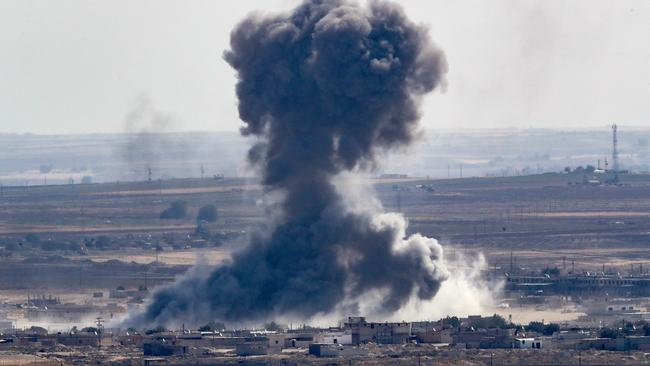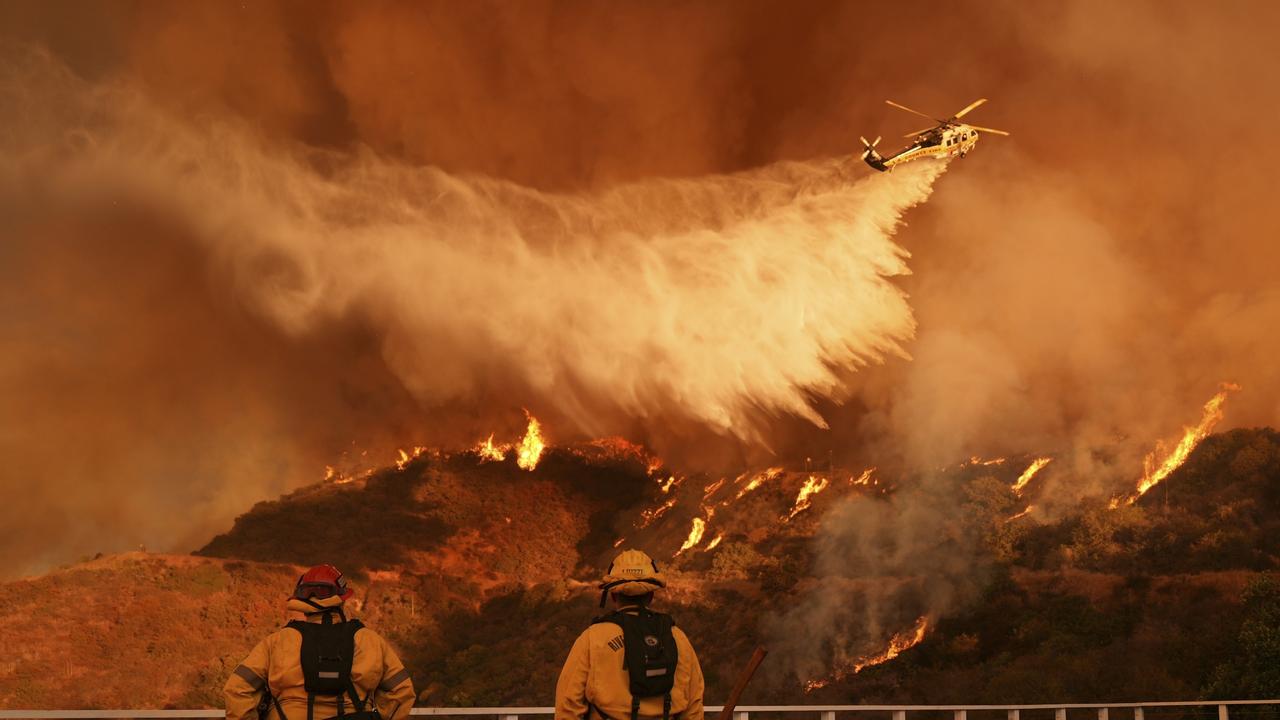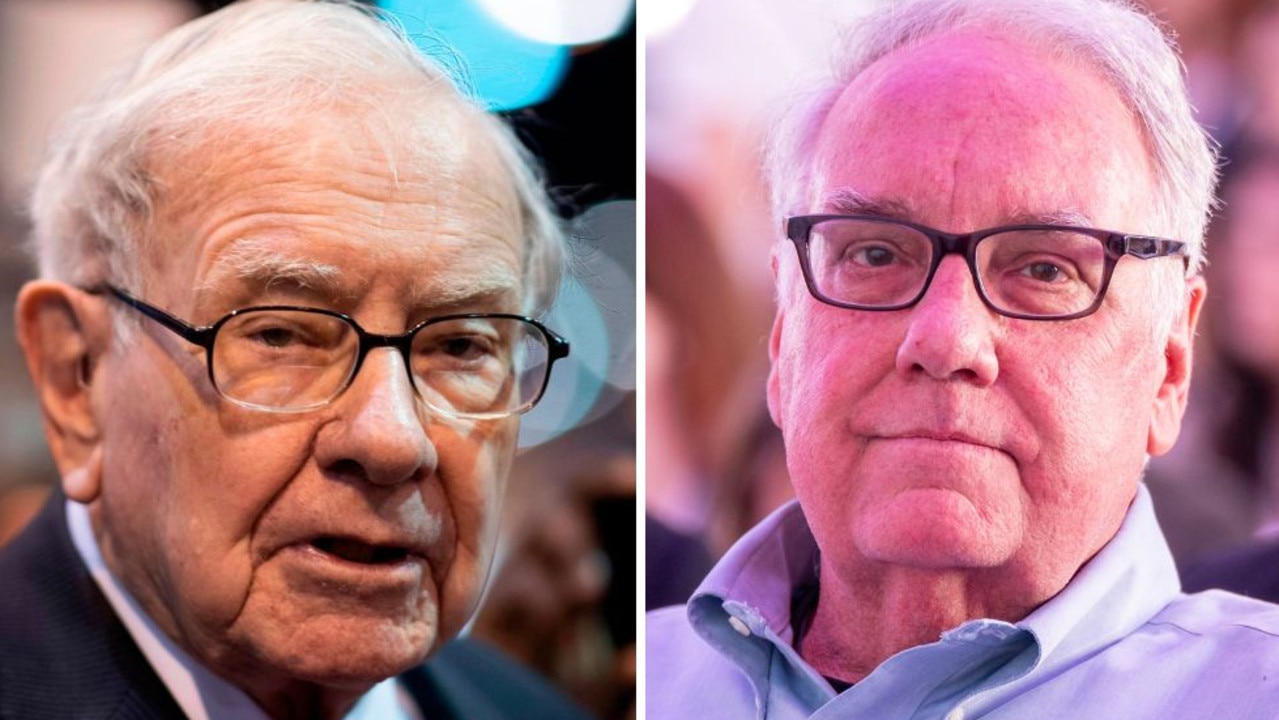Kurds turn to Assad for protection
Syria’s Kurds say Syrian regime forces have agreed to help them fend off Turkey’s invasion as US troops withdraw.

Syria’s Kurds say Syrian government forces have agreed to help them fend off Turkey’s invasion — a major shift in alliances that came after President Donald Trump ordered all US troops be withdrawn from the northern border area amid the rapidly deepening chaos.
The shift could lead to clashes between Turkey and Syria and raises the spectre of a resurgent Islamic State as the US relinquishes any remaining influence in northern Syria to dictator Bashar al-Assad and his chief backer, Russia.
Adding to the turmoil, hundreds of ISIS families and supporters escaped earlier from a holding camp in Syria amid fighting between Turkish forces and the Kurds.
The fast-deteriorating situation was set in motion last week, when Mr Trump ordered US troops in northern Syria to step aside, clearing the way for an attack by Turkey, which regards the Kurds as terrorists.
Since 2014, the Kurds have fought alongside the US in defeating ISIS in Syria, and Mr Trump’s move was decried at home and abroad as a betrayal of an ally.
Over the past six days, Turkish troops and their allies have pushed their way into northern towns and villages, clashing with the Kurdish fighters over a stretch of 200km. The offensive has displaced at least 130,000 people.
On Monday, US Defence Secretary Mark Esper said all American troops would withdraw from northern Syria because of the increasing danger of getting caught in the crossfire.
“We have American forces likely caught between two opposing advancing armies, and it’s a very untenable situation,” he told CBS. He did not say how many would withdraw or where they would go, but that they represent most of the 1000 US troops in Syria.
The peril to US forces was illustrated on Saturday, when a small number of US troops came under Turkish artillery fire at an observation post. No Americans were hurt. Mr Esper said it was unclear whether that was an accident. Mr Trump, in a tweet, said: “Very smart not to be involved in the intense fighting along the Turkish Border, for a change. Those that mistakenly got us into the Middle East Wars are still pushing to fight. They have no idea what a bad decision they have made.”
Later, Kurdish officials announced they would work with the Syrian regime to fend off the Turkish invasion, deploying side by side along the border. Syrian TV said regime troops were moving to the north to confront the Turkish invasion but gave no details.
The Kurdish fighters had few options after the US abandoned them, and it had been anticipated they would turn to Assad for support. A return by Assad’s forces to the region where Syrian Kurds have built up autonomy in the north would be a major shift in Syria’s long-running civil war, further cementing Assad’s hold over the ravaged country. Syrian TV broadcast from the northern town of Hasakeh where residents took to the streets to celebrate the announcement of co-operation between the Syrian regime and the Kurds, and many vowed to defeat the Turkish invasion. It would also mean that US troops no longer have a presence in an area where Russia and Iranian-backed militias now have a role.
It was not clear what Russia’s role was in cementing the agreement. But Russian officials have been mediating low-level talks between the Kurds and Damascus. Syria is allied with Russia, and Turkey, though it is a NATO member, has drawn close to Moscow in recent years under Turkish President Recep Tayyip Erdogan. The US withdrawal leaves open the question of what happens to the Kurdish-run prisons and detention centres that hold thousands of ISIS prisoners, including more than 2000 foreign militants.
On Sunday, heavy fighting reached a Kurdish-run displaced-persons camp in Ain Issa, 35km south of the border, that is home to 12,000 people, including about 1000 wives and widows of ISIS fighters and their children. The Kurdish administration said 785 ISIS supporters escaped after attacking guards.
“It gets worse by the hour,” Mr Esper said of the fighting. “These are all the exact things” that US officials warned Mr Erdogan would happen in urging him not to invade.
Mr Erdogan on Monday ruled out any mediation in the dispute with the Kurds, saying Turkey would not negotiate with “terrorists”. Turkey’s official Anadolu news agency said Turkey-backed Syrian forces had advanced into the centre of a Syrian border town, Tal Abyad, on the fifth day of Turkey’s offensive. Turkey’s Defence Ministry tweeted that its forces had taken control of the main highway running between Hasakeh, a major town and logistics hub, and Ain Issa, the administrative centre of the Kurdish-held areas. Casualties mounted.
On Sunday, at least nine people, including five civilians, were killed in Turkish airstrikes on a convoy in the Syrian border town of Ras al-Ain, the Syrian Observatory for Human Rights said. Turkey said 440 Kurdish fighters have been killed. The SDF said 56 of its fighters had died.
Turkey also said four of its soldiers were killed, along with 16 allied Syrian fighters.
AP


